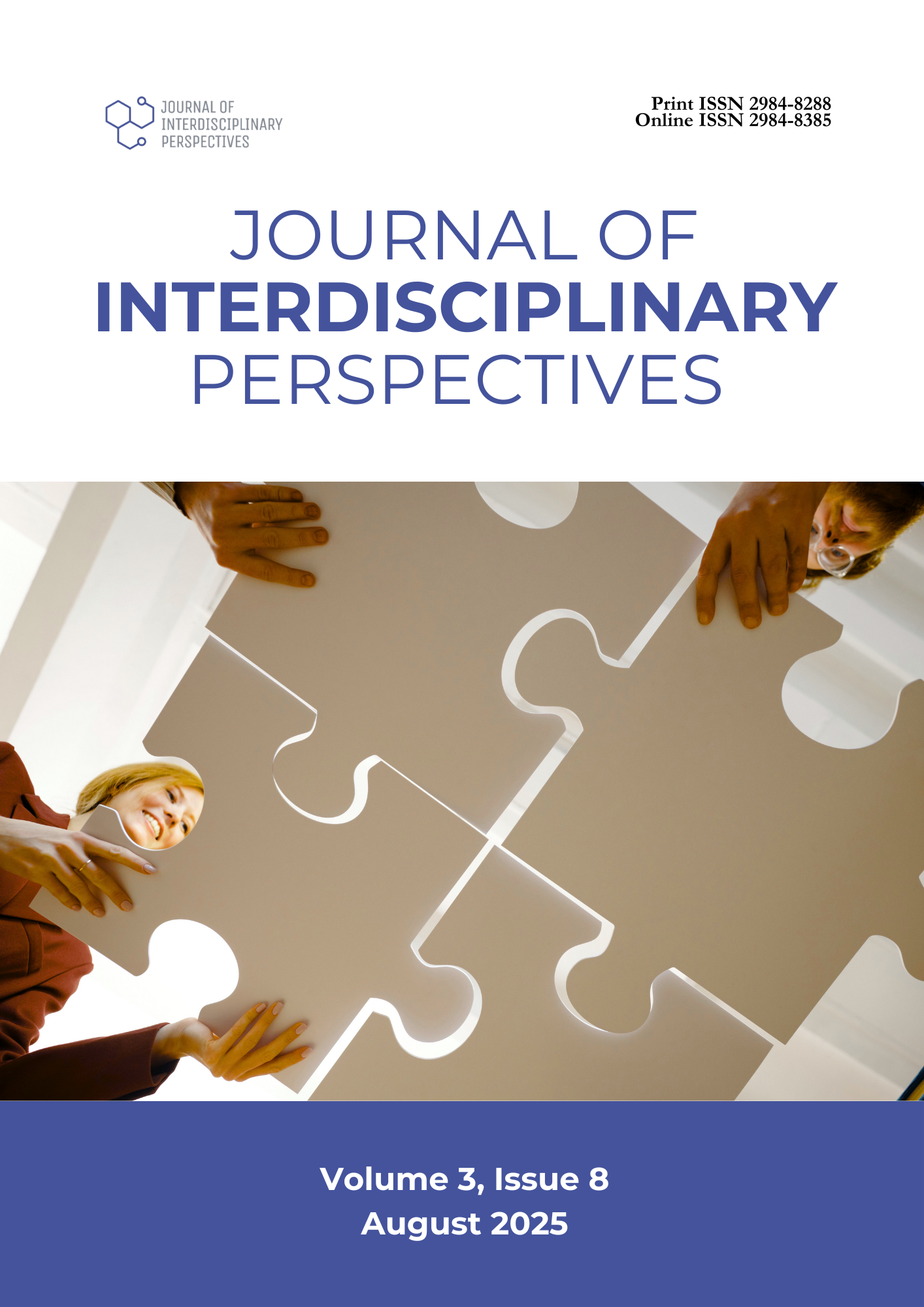Formal Analysis of Isinay Folk Song Lyrics: Leveraging Existing Collections for Cultural Insights
DOI:
https://doi.org/10.69569/jip.2025.241Keywords:
Cultural heritage, Folk songs, Isinay, Formal elements, ThemesAbstract
This study explores the rich traditional folk songs of the Isinay Indigenous Cultural Communities in Bambang, Dupax del Sur, and Aritao, in the province of Nueva Vizcaya. It aims to uncover deep cultural insights and complex formal elements embedded within these ageless melodies by conducting a detailed formal analysis of their existing collections. Employing Functional Theory in literary analysis, this study examines how these songs reflect the Isinay community's history, values, social norms, and literary characteristics. Closely reading these lyrics reveals various formal elements, including figurative language, imagery, symbolism, and traditional proverbs, contributing to an organic unity that conveys deeper meanings. The results emphasize the richness of Isinay folk songs as artistic expressions and vital cultural artifacts that encapsulate universal themes of love, nature, and struggle. This analysis highlights the significance of folk songs in preserving cultural heritage, fostering community solidarity, and maintaining their relevance in contemporary society. Ultimately, this study highlights the importance of these folk songs in shaping collective identity and values, while advocating for the ongoing preservation and adaptation of this cultural legacy for future generations.
Downloads
References
Agyekum, K. (2021). Proverbs in Akan highlife lyrics: A case study of Alex Konadu's lyrics. Journal of Pragmatics, Volume 174, Pages 1-13, ISSN 0378-2166. https://doi.org/10.1016/j.pragma.2020.12.016
Bohlman, P. V. (1988). The study of folk music in the modern world. Indiana University Press. https://tinyurl.com/4znedy49
Bressler, C. E. (1994). Literary criticism: An introduction to theory and practice. Prentice Hall.
Constantia, M. (2023). A Study of figurative language on traditional Sikka Songs in 2010-2022. Journal of English Language Teaching, Literature and Culture, 2(2), 133–154. https://doi.org/10.53682/jeltec.v2i2.7397
Constantino, E. A. (1982). Isinay texts and translations. Institute for the Study of Languages and Culture of Asia and Africa.
Dundes, A. (1965). The study of folklore. Prentice Hall.
Eugenio, D. L. (Ed.). (1996). Philippine folk literature series, Volume II: The folk songs. De La Salle University Press.
Eugenio, D. L. (Comp..). (1981). Philippine folk literature: An anthology. Folk Studies Program and the UP Folklorist, Inc.
Fagsao, J. D. (2019). Selected lyrics of Bontok’s “Antoway, Ayoweng, and Chag-ay” songs: An initial stylistic assessment. J Multidisciplinary Scientific Journal, 2(3), 276–299. https://doi.org/10.3390/j2030020
Haruna, Zainab K. (1998). Bura folksongs: an analysis of their types, occasions, themes, techniques, and functions. Humanities and Social Sciences, Faculty of Folklore, PhD Dissertation. Department of Folklore, Memorial University of Newfoundland, April 1998. http://research.library.mun.ca/id/eprint/1171
Jomanah, B. Z., Bawa, L. S., Untong, L. P., & Mohamad, H.A. (2023). Maguindanaon love songs as tool and springboard in teaching figurative language for Maguindanaon Culture Preservation. Journal of Natural Language and Linguistics (JNLL). Volume 1, Issue 1. https://tinyurl.com/38u8cy69
Kusch, C. (2016). Literary analysis: The basics. Routledge.
LiteraryDevices Editors. (2013). Metaphor. Retrieved September 16, 2024. http://literarydevices.net/metaphor/
Lukmana, D., Rosa, R. N., Marlina, L. (2019). An analysis of metaphor in lyrics of selected Minangkabaunese songs. E-Journal of English Language and Literature, Volume 8, No. 3, pp 202-211. https://tinyurl.com/y4ja6csd
Mahipus-Namit, E. J. G. (2019). Tawid: Isinay songs of Isabelo Leal Gonzalez. National Commission for Culture and the Arts.
McNeill, L. S. (2013). Folklore rules: A fun, quick, and useful introduction to the fields of academic folklore studies. University Press of Colorado.
Nettl, B. (2024, September 23). Folk music. Encyclopedia Britannica. https://www.britannica.com/art/folk-music
Salas, G. F. (2017). Repercussions of Isinai lyric poetry on culture-based values education. Asia Pacific Journal of Multidisciplinary Research, Vol. 5 No. 2, pp. 44-50. Accessed 2 March 2020. https://tinyurl.com/3bf8s8rw
Seesan, T., Rakmanee, S., & Wiwan, B. (2020). Folk songs in Kamphaeng Phet Province: Words and figure of speech strategy. The Golden Teak: Humanity and Social Science Journal, 27(1), 1–16. https://tinyurl.com/4jkxst35
Taneo, J., Benu, N., & Beeh, N. (2024). An analysis of figurative language found in Uab Meto songs. Academic Journal of Educational Sciences, 6 (1): 44–50. Retrieved from https://tinyurl.com/yc4jcybv
Tubayan, J.G. (2019; i) Foreword. Tawid: Isinay songs of Isabelo Leal Gonzalez, by Emely Jane G. Namit-Mahipus. National Commission for Culture and the Arts
Tyson, L. (2006). Critical theory today: A user-friendly guide (2nd ed.). Routledge.
Tyson, L. (2011). Using critical theory: How to read and write about literature (2nd ed.). Routledge.
Velasco, E. A. (2017). Maranao folksongs: Their dominant themes and implications to Maranao culture and identity. International Conference on Arts, Literature, Humanities and Social Sciences, Vol. 7. https://doi.org/10.17758/URUAE.ED0917117
Downloads
Published
How to Cite
Issue
Section
License
Copyright (c) 2025 Journal of Interdisciplinary Perspectives

This work is licensed under a Creative Commons Attribution-NonCommercial 4.0 International License.








